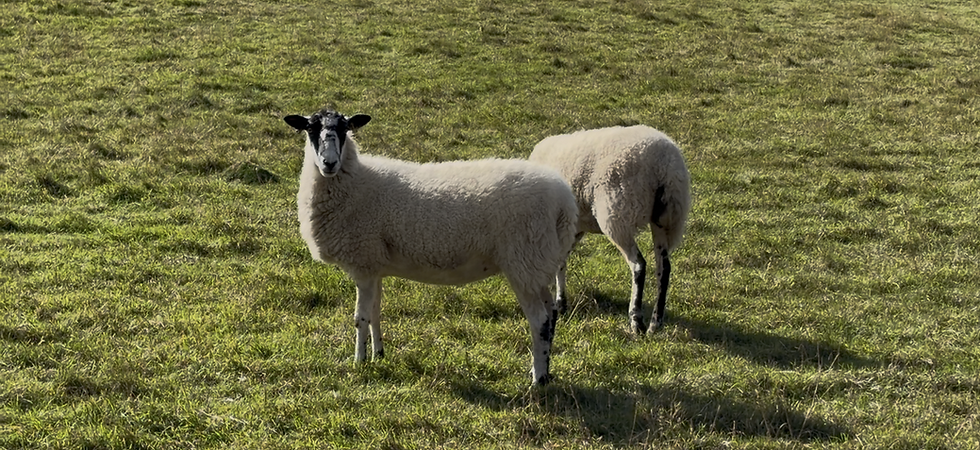DENTAL FORMULAS
- kradiganscience24
- Apr 14
- 3 min read
Tavishi Sorry for the lack of posts, I've been locked into the grind. (The brainrot. Tripi tropi tripa tropa or something I don't know. Skibidi chicken jockey.)

I like teeth, and contrary to popular belief, I have many! I am perhaps one of my dentist's favorite and least favorite patients (I ask about gingivitis but I lost my retainer thirty minutes after getting it. No I never wore it.)
Do minecraft zombies have teeth?
As someone interested in comparative physiology, I've run into the ugly dental formula several times. It looks like absolute nonsense when you first see it, especially as anyone with a math background.
The dental formula is written as a fraction, and indicates how many teeth an organism has, of what type, and where. The four teeth types are incisors, canines, premolars, and molars. The dental formula is used only for mammals, because the teeth of nonmammalian organisms doesn't follow the same structural schematic.

Incisors are generally used for tearing tough food and gripping food, and not necessarily meat. They are the two "front teeth" and the one next to your canines in humans.
Canines are the long, "fang" teeth used for tearing flesh. Because canines are especially prominent in dogs, the name "canine" is used for the tooth.

Premolars go even deeper into the mouth, and have at least two cusps per tooth. The cusp is the little pointy bit. Our incisors and canines each have only one cuspid. Premolars, however, because of their two cusps, are called bicuspid teeth. Premolars are generally used for chewing.
Finally, molars have four to five cusps, and are the furthest in our mouth. These are used for grinding and flattening food, and they do the bulk of the chewing heavy lifting.
The dental formula represents the amount of incisors, canines, premolars, and molars on one side of the face, and on both the upper and lower jaw in a convenient fraction.

For example, humans, on each side of the face, on both the upper and lower jaws, have 2 incisors, 1 canine tooth, 2 premolars, and 2-3 molars, ultimately adding up to 2(4) + 1(4) + 2(4) + 2(4) or 3(4) = 28 or 32 teeth. 28 teeth is generally the case if you get de-wisdom-toothed.
Dentition, however, varies incredibly by species!
For example, walruses. Walrus tusks are extended canine teeth, and unlike us, they're not super great at dental care. Because of this, a walrus dental formula is incredibly unpredictable. Walruses, however, aren't really good at eating big animals; rather, their tusks are used for gripping the ice and occasionally fighting socially.
Walrus tusks are generally thicker in males than in females!

Ukiaq, however, doesn't quite yet have all her teeth, even though she is baby. The ideal dental formula is 38.
The next victim of dental formulation: my puppi! Taara got two teeth (two molars) removed because of much, much silliness. She chewed a toy too hard and cracked her teeth. Now she has a strict dental regime because she is NOT on that gingivitis streak.
I carefully examined Taara's teeth (much to her dismay) and found her dental formula to be the exact same for her upper jaw, and her lower jaw dental formula to be: 3.1.4.2!

She should, according to the normal dental formula of doggy, have 42 teeth. Instead, she has 40 teefies.
Now that you have read this entire post, revisit the chicken jockey and comment below how many teeth the zombie has.




Comments